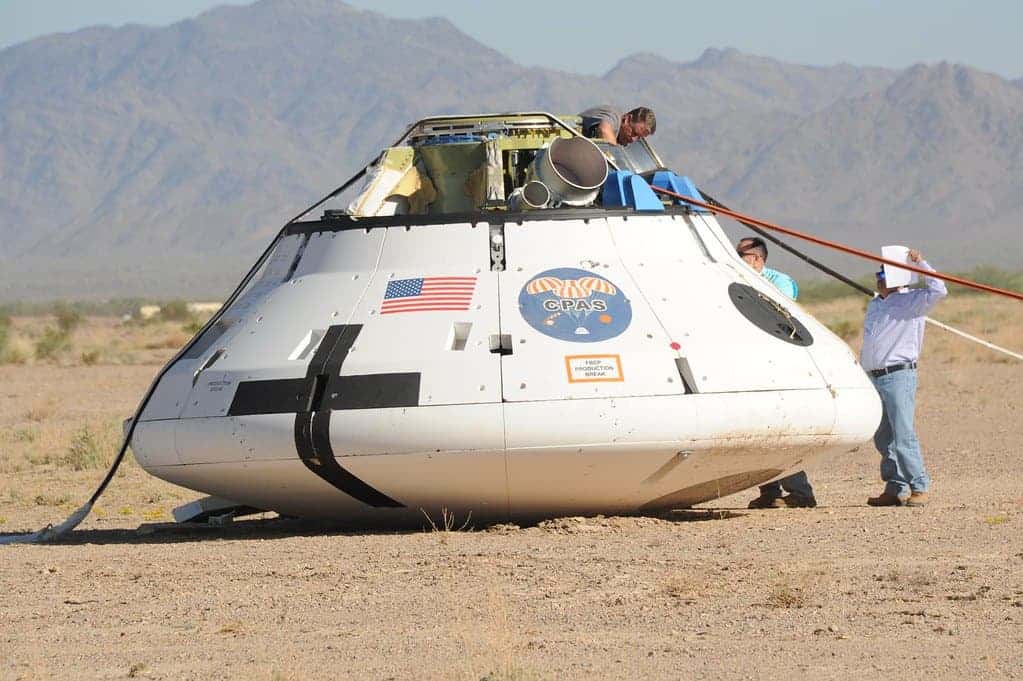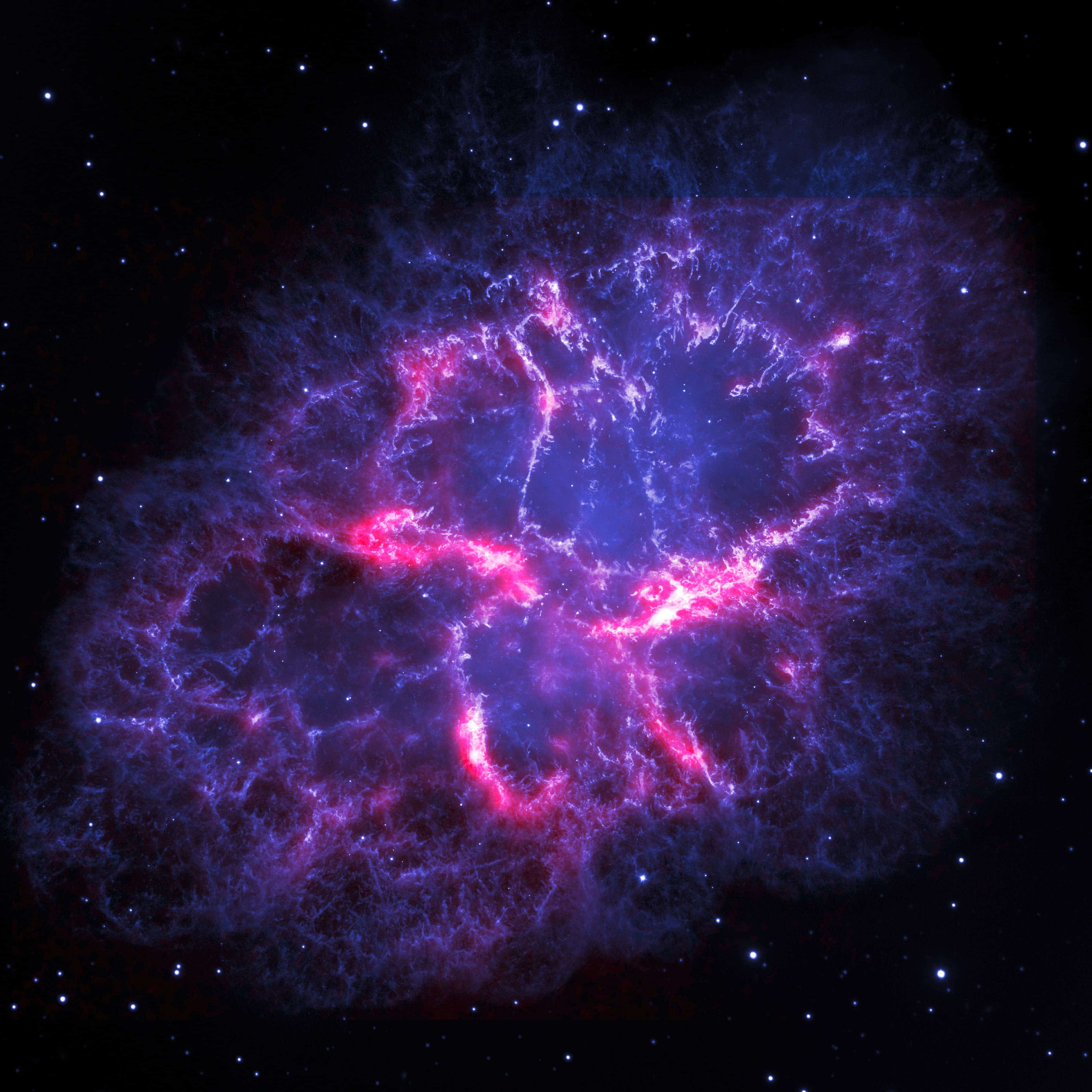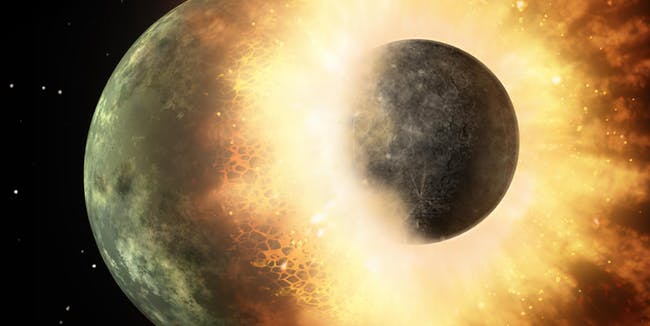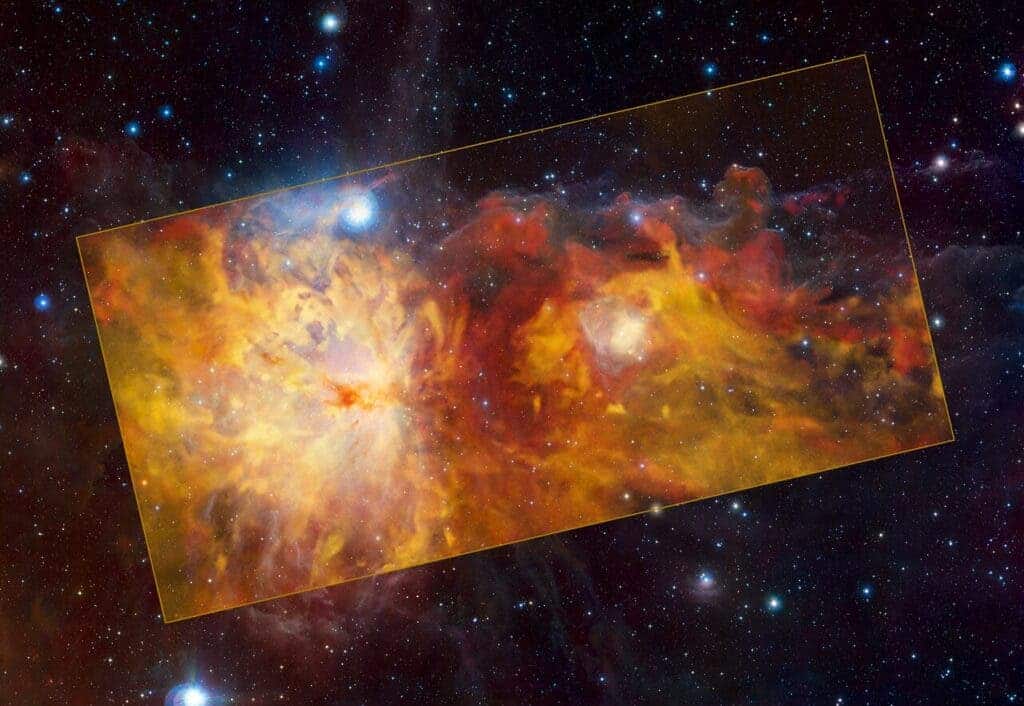
The constellation Orion is basically one giant cloud of molecular gas. Located just 1,400 or so light-years away, Orion is home to the most active stellar nursery in the vicinity of our solar system. So it’s no wonder that astronomers, amateur and tenured professors alike, love it and often target it with their telescope lens.
Orion has no shortage of nebulas, including the famous Horsehead Nebula and the Flame Nebula. The latter was recently imaged in exquisite detail by astronomers affiliated with the European Southern Observatory (ESO)’s Atacama Pathfinder Experiment (APEX), perched in the frigid Chajnantor Plateau in Chile’s Atacama Desert.
“As astronomers like to say, whenever there is a new telescope or instrument around, observe Orion: there will always be something new and interesting to discover!” says ESO astronomer Thomas Stanke.
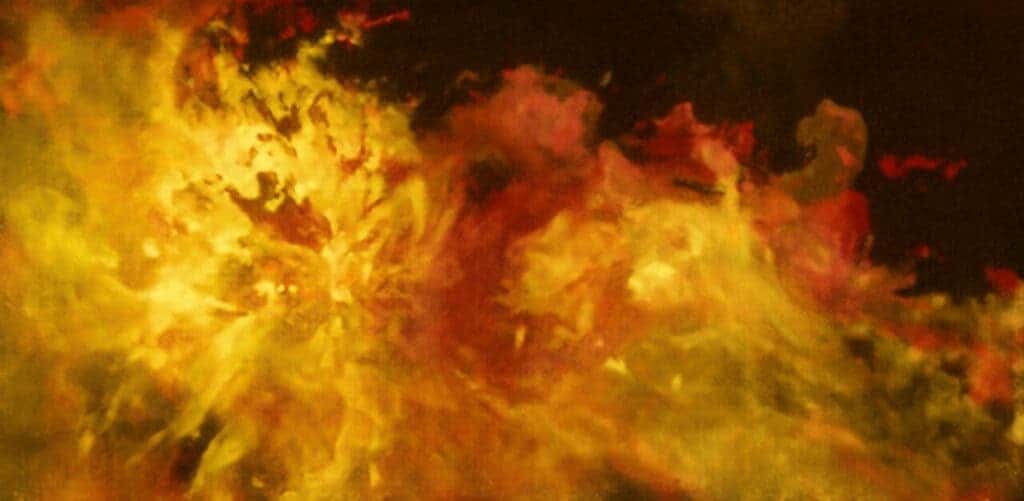
Stanke should know a thing or two about it. He and colleagues just published a new study in which they included images of Orion lighting up like a fireworks display. But don’t let the pictures fool you — these clouds are actually super cold, with temperatures hovering just a few tens of degrees above absolute zero (around -250 degrees Celsius).
The observations looked for radio waves emitted by carbon monoxide in the Orion clouds in order to map regions of large gas clouds that are in the process of seeding new stars.
In the process, the astronomers imaged not only the Flame Nebula, but also the reflection nebulae Messier 78 and NGC 2071, called so because they reflect the light of nearby stars. The research also revealed a previously never before seen nebula, the almost circular Cow Nebula, as described in the journal Astronomy & Astrophysics.

